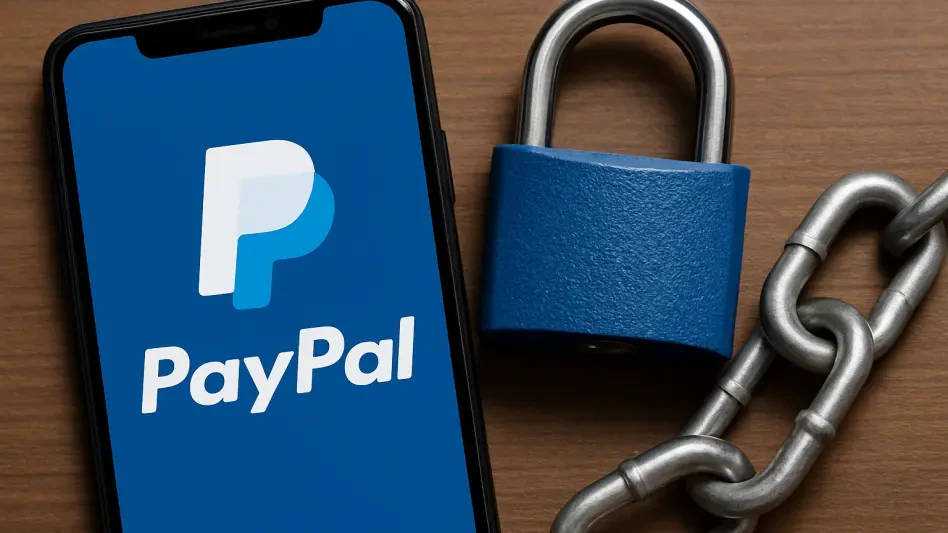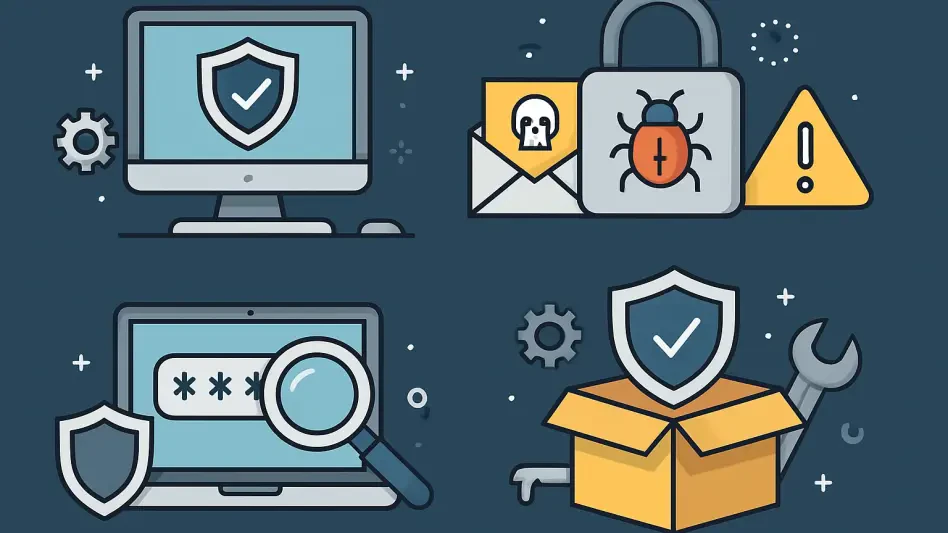In a digital age where personal information is continually at risk, the importance of robust cybersecurity practices cannot be overstated. The reuse of passwords consistently ranks as one of the most common but significant security pitfalls individuals fall into. This practice presents a serious threat to personal data, making people increasingly susceptible to hackers and data breaches. By understanding the risks and implementing practical advice from cybersecurity experts, individuals can better safeguard their sensitive information and ensure robust online security.
The Dangers of Credential Stuffing
Understanding Credential Stuffing
Credential stuffing is an increasingly pervasive cyberattack method that exploits the tendency of individuals to reuse passwords across various online accounts. Hackers use automated tools to apply stolen login credentials from past breaches to other sites, gaining unauthorized access to user accounts. These attacks capitalize on the fact that many people use the same email and password combination for multiple services, making it easier for cybercriminals to infiltrate more significant accounts like emails or banking information. According to cybersecurity research, credential stuffing attacks have accounted for billions of login attempts globally, highlighting the scale and persistence of this threat.
The reuse of passwords allows hackers to maximize the value of data stolen from previous breaches. Once one account is compromised, it opens the floodgates to potentially more valuable accounts. Even robust passwords, when reused, become vulnerable to credential stuffing. Hackers armed with previously stolen data can seamlessly infiltrate accounts, resulting in devastating financial and identity theft. For instance, gaining access to an individual’s email account can provide a backdoor to resetting passwords on more impactful accounts, exacerbating the damage. This domino effect underscores why it is critical to diversify passwords and avoid reuse at all costs.
Legal Obligations and Consumer Awareness
All 50 U.S. states have legal mandates requiring companies to notify customers of data breaches. However, many consumers are unaware of the potential dangers that leaked personal information can pose. Despite receiving breach notifications, they might not fully understand the implications and necessary actions. This gap in awareness leaves individuals vulnerable to subsequent attacks. By leveraging available databases, users can access summaries of compromised data, providing a concrete foundation to take preventative measures.
Knowledge is a pivotal defense in the realm of cybersecurity. Individuals informed about their exposure to past breaches can quickly act to mitigate risks. For instance, taking a simple 30-second test on sites like haveibeenpwned.com allows users to detect if any of their data has been exposed and react promptly by changing potentially compromised credentials. This step is crucial in fortifying personal cybersecurity and preventing further exploitation. Legal obligations for companies to report breaches are a first defensive line, but individuals must be proactive and responsive to safeguard their information further.
Best Practices for Secure Password Management
The Importance of Diversifying Passwords
Reusing the same password across different sites is akin to using a single key for all locks in your life. If that key falls into the wrong hands, every door becomes accessible. To bolster security, it is essential to create unique passwords for each account. This practice significantly reduces the chances of credential stuffing attacks succeeding. In the event one password is compromised, other accounts remain secure. Paul Evans, a private investigator in cybersecurity, emphasizes that even strong passwords lose their efficacy when reused. Implementing unique passwords across sites is a fundamental strategy for maintaining robust digital security.
Utilizing password managers can aid in managing the challenge of remembering multiple unique passwords. These tools securely store encrypted passwords and can generate strong, unique passwords for each account. Password managers streamline the process, making it easier to maintain diverse passwords without the hassle of memorization. Additionally, adopting multi-factor authentication (MFA) adds an extra layer of security by requiring additional verification steps, such as a text message code or biometric scan, before granting access. Together, these practices create a formidable barrier against unauthorized access and significantly enhance cybersecurity.
Proactive Measures and Vigilant Monitoring
In today’s digital world, where personal information is constantly at risk, practicing strong cybersecurity measures is crucial. One of the most prevalent yet dangerous security mistakes people make is reusing passwords. This bad habit significantly increases the risk of personal data theft, making individuals prime targets for hackers and data breaches. Hackers exploit these reused passwords with techniques like credential stuffing, where they use a known password from one site to gain access to other accounts. The consequences can include identity theft, financial loss, and privacy invasion. By understanding these risks and following practical advice from cybersecurity experts, such as creating unique and complex passwords for each account, enabling two-factor authentication, and regularly updating passwords, individuals can better protect their sensitive information. Robust online security is essential in protecting against the evolving threats in our digital age, ensuring one’s personal data remains secure and private.







